blog-special
USDA Provides Assistance in Wake of Disasters
Posted on September 28, 2022 12:00 AM
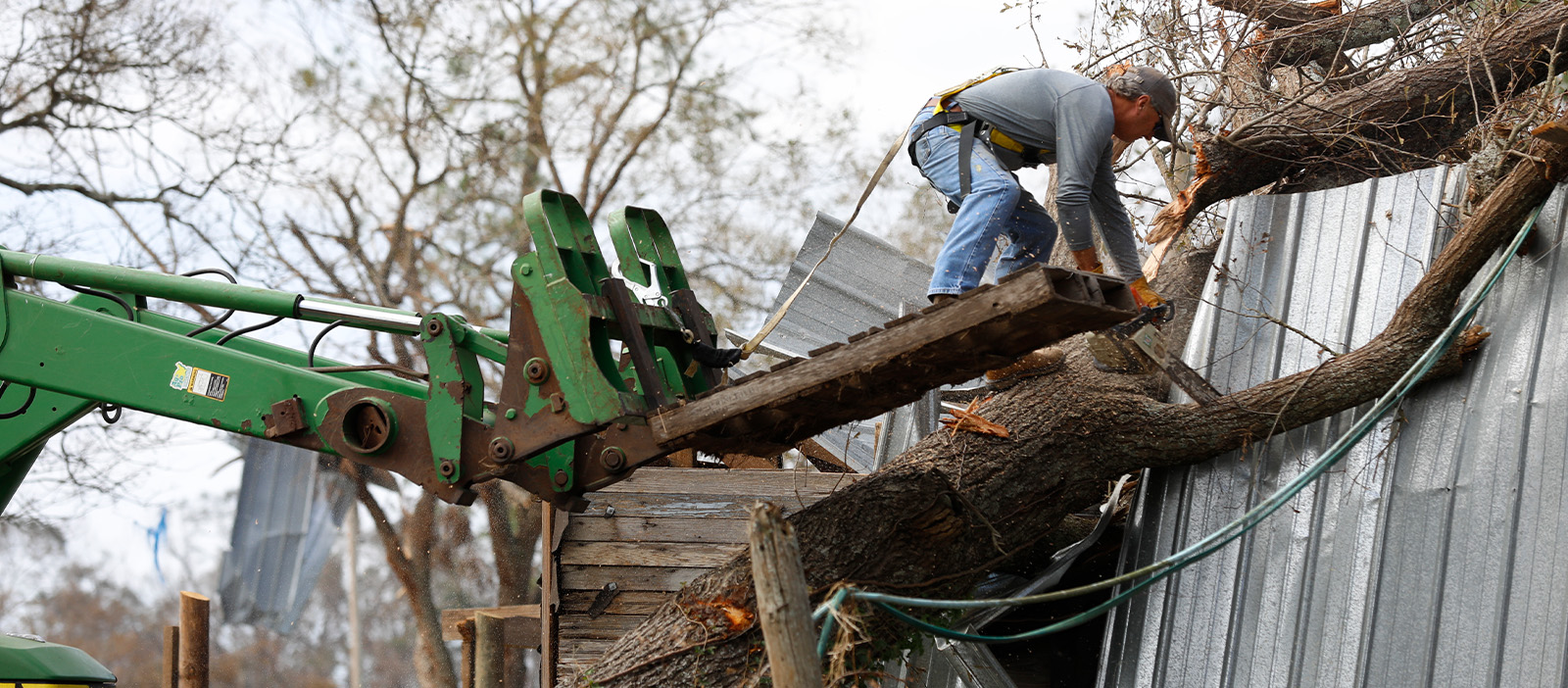
The U.S. Department of Agriculture (USDA) encourages farmers in the path of Hurricane Ian that the agency has programs that provide assistance in the wake of disasters. In fact, they have regional, state and county offices standing by to help. Remember, producers do not begin any related work before FSA completes the environmental compliance process and fully approve the application. If you do so, you jeopardize FSA’s ability to cooperate on that project by disallowing the completion of our environmental compliance review.
Click here to download the release the provided.
Here are some assistance programs available along with steps on how to utilize them.
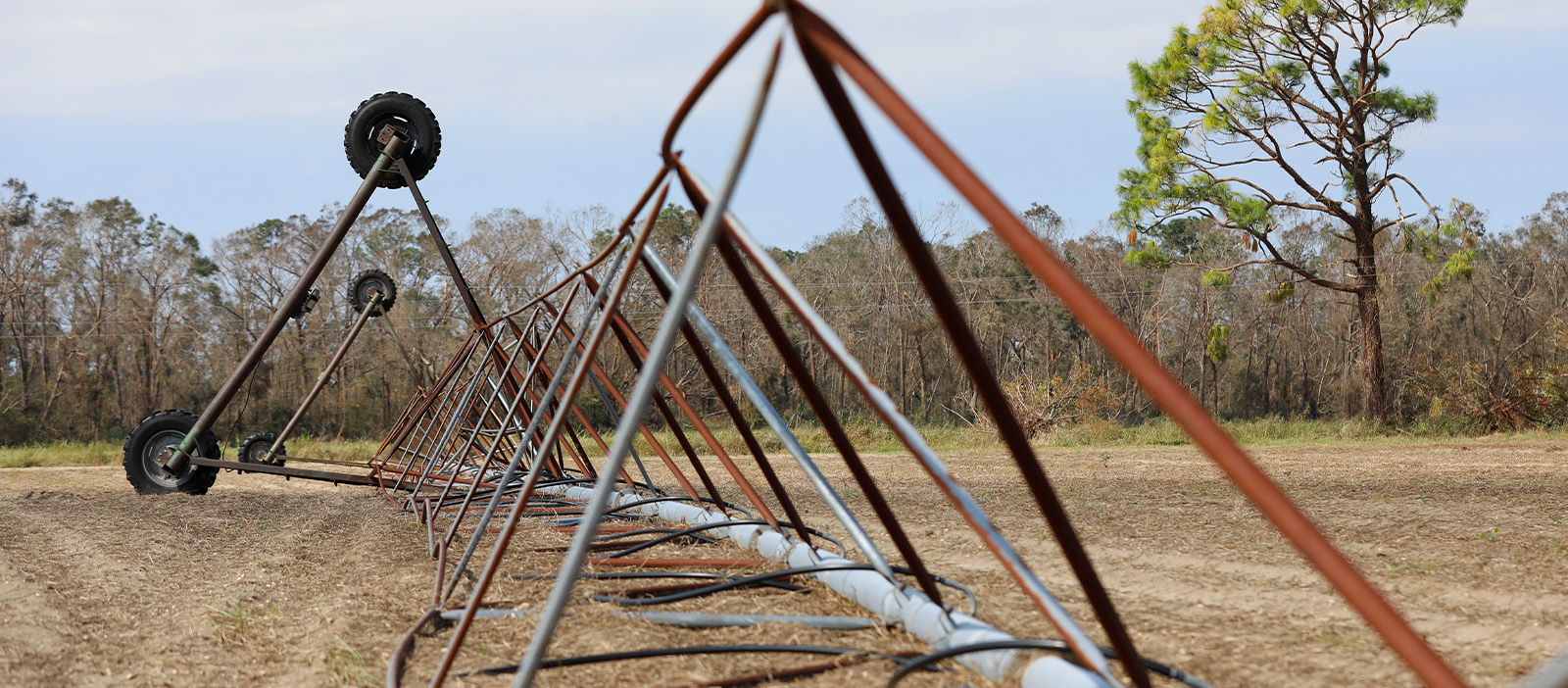
Noninsured Crop Disaster Assistance Program (NAP)
-
Report a Notice of Loss with the County Office (COF), no later than:
-
72 hours for hand-harvested/highly perishable crops.
-
Other crops, 15 days after loss is apparent from Hurricane related weather.
-
-
Start compiling production records.
-
Be prepared for a Loss adjuster visit.
-
Determine your Marketing Plan for affected crops.
-
Notify COF prior to implantation.
-
Do not destroy crop prior to Loss Adjuster visit.
-
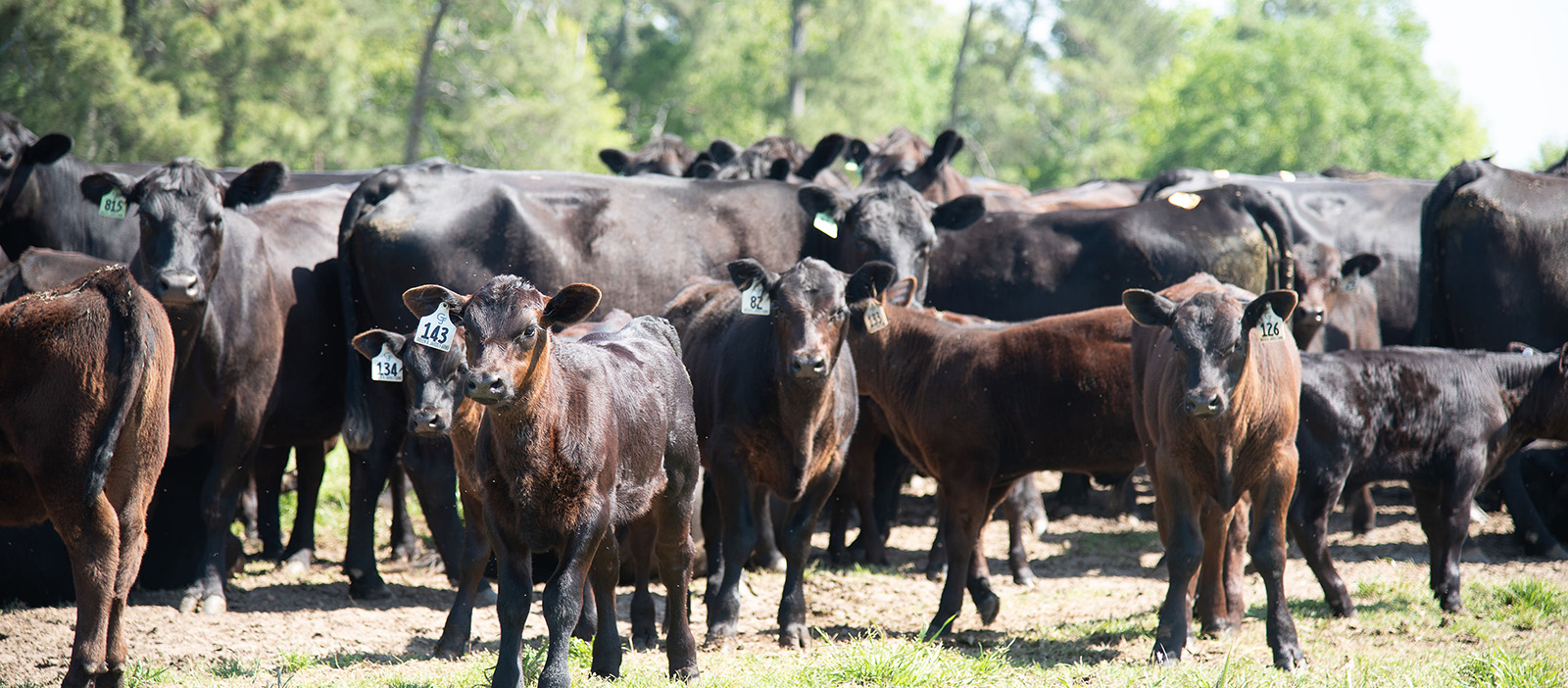
Livestock Indemnity Program (LIP)
-
Take pictures of livestock lost (date stamped).
-
File Notice of Loss with 30 days (as soon as possible).
-
County Office will need:
-
Number of livestock in inventory on the day before the eligible loss condition. (Beginning inventory)
-
Number of livestock lost due to eligible loss condition.
-
Number of livestock lost due to Normal Mortality before the eligible loss condition.
-
Number of livestock sold & amount received due to injury (if applicable).
-
Other supporting documentation, as required.
-
-
File Application for Payment within 60 calendar days, after the end of the calendar year in which the eligible loss occurred.
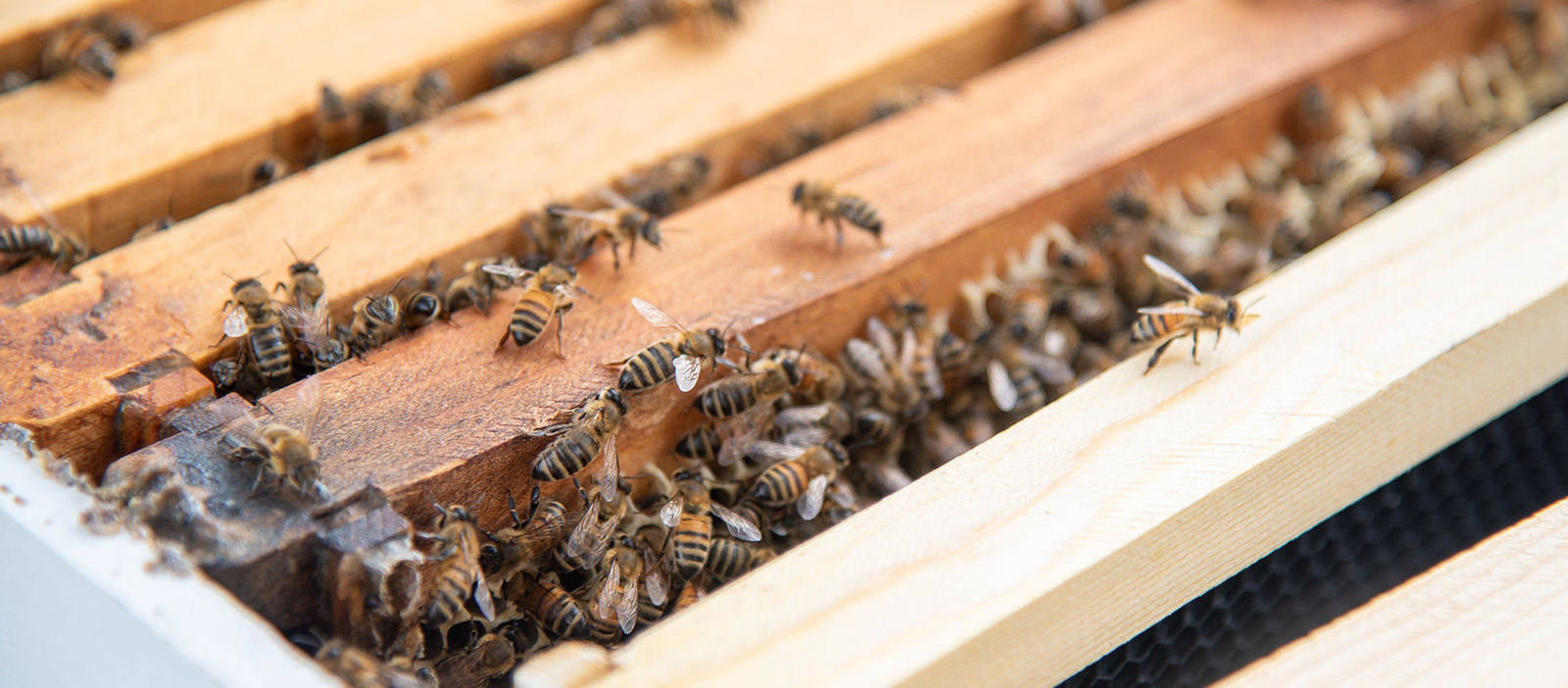
Emergency Assistance for Livestock, Honeybees and Farm-Raised Fish Program (ELAP)
Honeybees
-
Take pictures oof losses (date stamped).
-
File a Notice of Loss within 15 days (as soon as possible).
-
Proof of beginning inventory, if not already on file.
-
File Application for Payment by January 30, after the program year which the loss occurred.
-
Other supporting documentation, as required.
Farm Raised Fish & Feed Loss
-
Take pictures of losses (date stamped).
-
File a Notice of Loss by 1/30/2023 (as soon as possible).
-
Proof of beginning inventory if not already on file.
-
File an Application for Payment by 1/30/2023.
-
Other supporting documentation as required.
Livestock
-
Livestock Feed & Grazing Losses.
-
Livestock & Forage Transportation Cost
-
File a Notice of Loss within 30 days (as soon as possible).
-
Other supporting documentation as required.
-
File an Application for Payment by January 30, after the program year which the loss occurred.
-
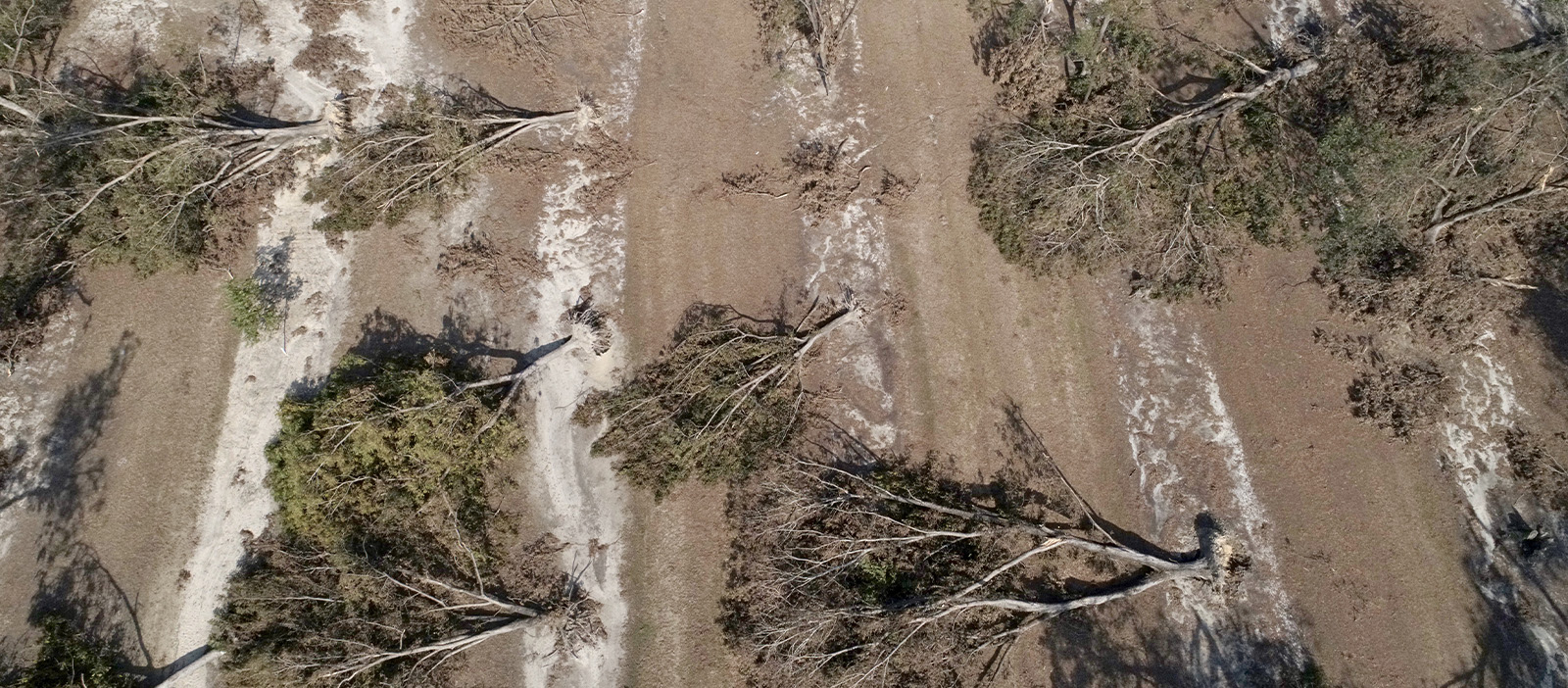
Tree Assistance Program (TAP)
-
Contact County Office immediately after loss.
-
Do not perform any work until approved by Farm Service Agency (FSA).
-
FSA is required by law to complete an Environmental Evaluation.
-
-
Complete an application.
-
Be prepared for a Loss Adjuster visit.
-
Maintain records, such as:
-
Purchase receipts
-
Labor and equipment costs
-
Chemical, fertilizer, and other input costs
-
Third party certifications from consultants, i.e. Extension Service
-
Emergency Conservation Program (ECP) & Emergency Forest Restoration Program (EFRP)
Visit the County Office prior too performing any cleanup activities. Onsite inspections are required. If emergency, loss of life, temporary measures may be started, photos must be taken. All ECP/EFRP applications must be field in the person’s name, or entity name, that will incur the cost of cleanup. If producer performs practices with own labor, or equipment, producer must submit signed and dated statements, which include:
-
Dates of work performed
-
Cost per hour charged for labor
-
Expense of equipment used
-
Type and cost of materials used
-
Other applicable info
Before visiting the County Office, it is highly suggested that the producer document the extent of damage, in preparation of completing an application.
Environmental Requirements:
-
Federal agencies must consider all potential environmental impacts of their proposed actions by incorporating an analysis of impacts into their decision-making processes and considering reasonable alternatives to those activities before implementing activities that have the potential to significantly impact the human environment.
-
All environmental processes must be fully completed before an action can be approved; therefore, actions may not be approved contingent to completion of any portion of the environmental review processes.
-
Agencies consult with and obtain comments from Federal agencies that manage or have expertise about resources that are potentially affected.
Content provided by the United States Department of Agriculture.